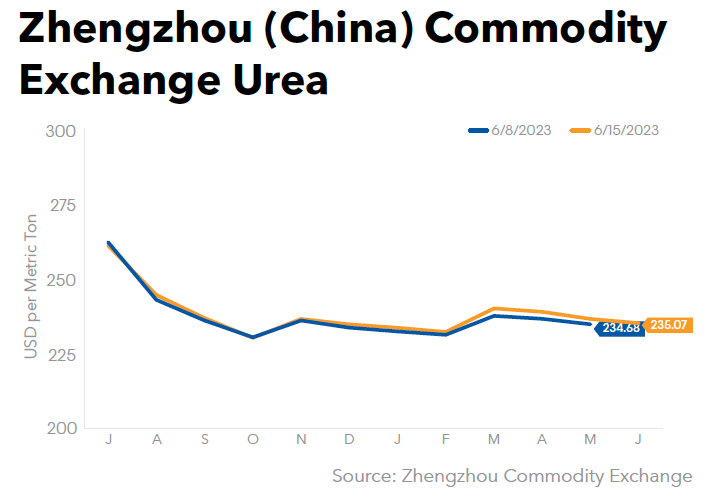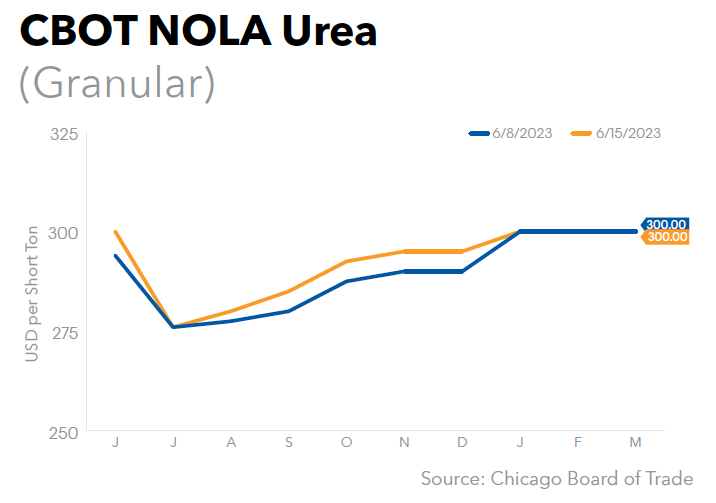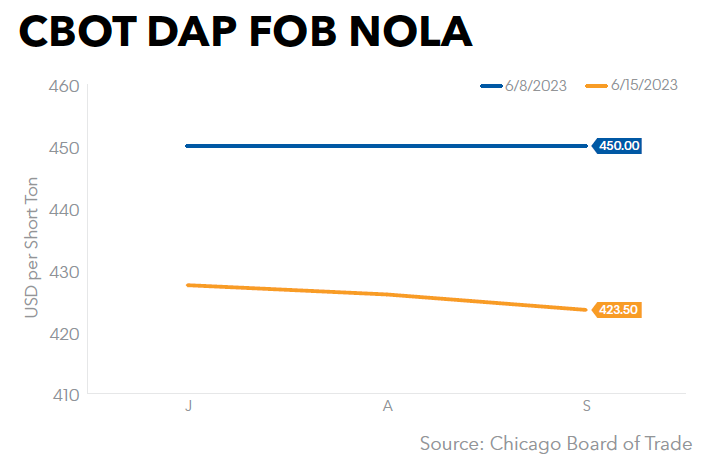Bunge to Purchase Viterra for $8.2 Billion
Missouri-based agribusiness Bunge Ltd. has agreed to buy Glencore PLC-backed Viterra for $8.2 billion in stock and cash, according to a June 13 statement by both companies. The combined business will create an agribusiness trading giant large enough to compete with Minneapolis-based Cargill Inc. and Chicago’s Archer-Daniels-Midland Co.
Under the terms of the agreement, which was unanimously approved by the Boards of Directors of Bunge and Viterra, Viterra shareholders would receive approximately 65.6 million shares of Bunge stock, with an aggregate value of approximately $6.2 billion, and approximately $2.0 billion in cash, representing a consideration mix of approximately 75% Bunge stock and 25% cash. As part of the transaction, Bunge will assume $9.8 billion of Viterra debt.
In addition, Bunge plans to repurchase $2.0 billion of Bunge’s stock to enhance accretion to adjusted EPS. Viterra shareholders would own 30% of the combined company on a fully diluted basis upon the close of the transaction, and approximately 33% after completion of the repurchase plan.
The companies said the combination is expected to generate approximately $250 million of annual gross pre-tax operational synergies within three years of completion. Additionally, significant incremental network synergies are expected through joint commercial opportunities, vertical integration efficiencies, and improved logistics and trading options from a larger network.
The transaction, coupled with the associated $2.0 billion share buyback, is expected to be accretive to Bunge’s Adjusted EPS in the first full year post closing and continue to improve with the realization of synergies.
“The combination of Bunge and Viterra significantly accelerates Bunge’s strategy, building on our fundamental purpose to connect farmers to consumers to deliver essential food, feed, and fuel to the world,” said Greg Heckman, Bunge’s CEO. “Our highly complementary asset footprints will create a network that connects the world’s largest production regions to areas of fastest growing consumption, enhancing the geographical balance and adaptability of our global value chains and benefitting farmers and end-customers.”
The two companies highlighted several strategic and financial benefits of the merger, including an enhanced global network to better serve farmers and customers; increased diversification across geographies, seasonal cycles, and crops to better manage risk; greater operational flexibility across oilseed and grain supply chains and processing; and greater resources and combined employee talent.
“Viterra and Bunge are two leading agriculture businesses,” said Viterra CEO David Mattiske. “In combining our highly complementary origination, processing, and distribution networks, we are better positioned to meet the increasing demand for the food, feed, and fuel products we offer. Together, we will play a leading role in the future of the agriculture industry, developing fully traceable, sustainable supply chains and moving towards carbon-neutral operations, while creating a strong growth platform for our combined business.”
Bloomberg News first reported the talks about a potential combination last month (GM May 26, p. 30). Glencore has flirted with the idea of a deal with Bunge on and off for years. In 2017, it approached Bunge about a friendly takeover, but was publicly rebuffed. Since then, Bunge has replaced its CEO and other senior executives.
The merger is expected to close in mid-2024, subject to regulatory approvals and approval by Bunge shareholders. The combined company will operate as Bunge, with operational headquarters in St. Louis, Mo., and will be led by Heckman and John Neppl, Bunge’s Chief Financial Officer. Mattiske will join the Bunge leadership as Co-CEO.
The Bunge Board of Directors is expected comprise eight Bunge nominated representatives and four representatives nominated by Viterra shareholders after the completion of the transaction. Viterra’s current headquarters in Rotterdam will remain as an important commercial location for the company.
The deal has the support of two of Canada’s biggest pension funds (GM June 2, p. 1), which have a combined stake of 49.98% stake in Viterra, Bloomberg reported. The Canada Pension Plan Investment Board will receive an equity stake of about 12% in the combined company and about $800 million in cash, it said in a statement.
The transaction is fully funded with a financing commitment of $7 billion provided by Sumitomo Mitsui Banking Corp.
“We have great respect for the team at Viterra, which shares our commitment to excellence, and believe this combination will offer great opportunities for employees of both companies,” Heckman added. “Together, we will be positioned to increase our operational efficiency while innovating to address the pressing needs of food security, efficiency for end-customers, market access for farmers, and sustainable food, feed, and renewable fuel production.”


